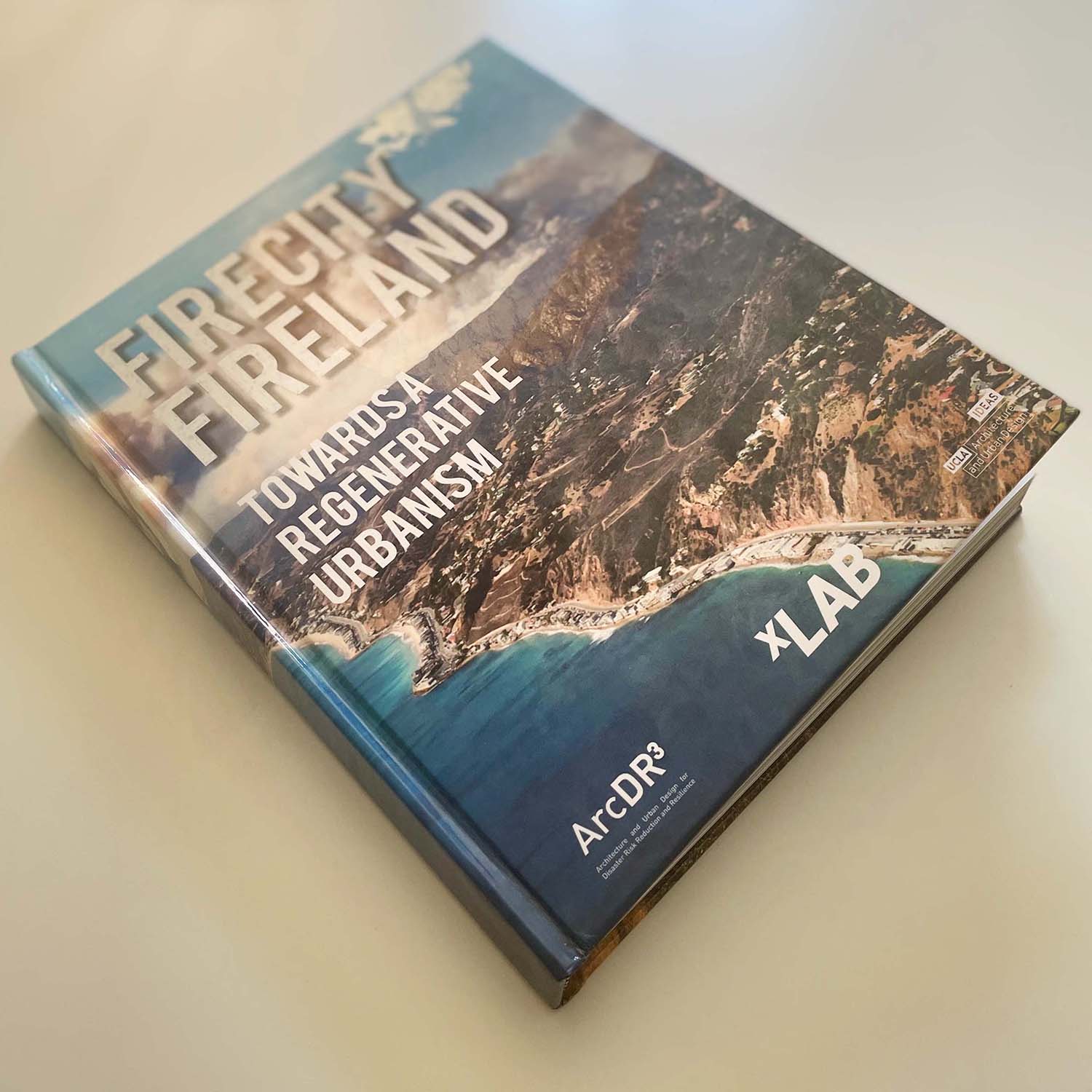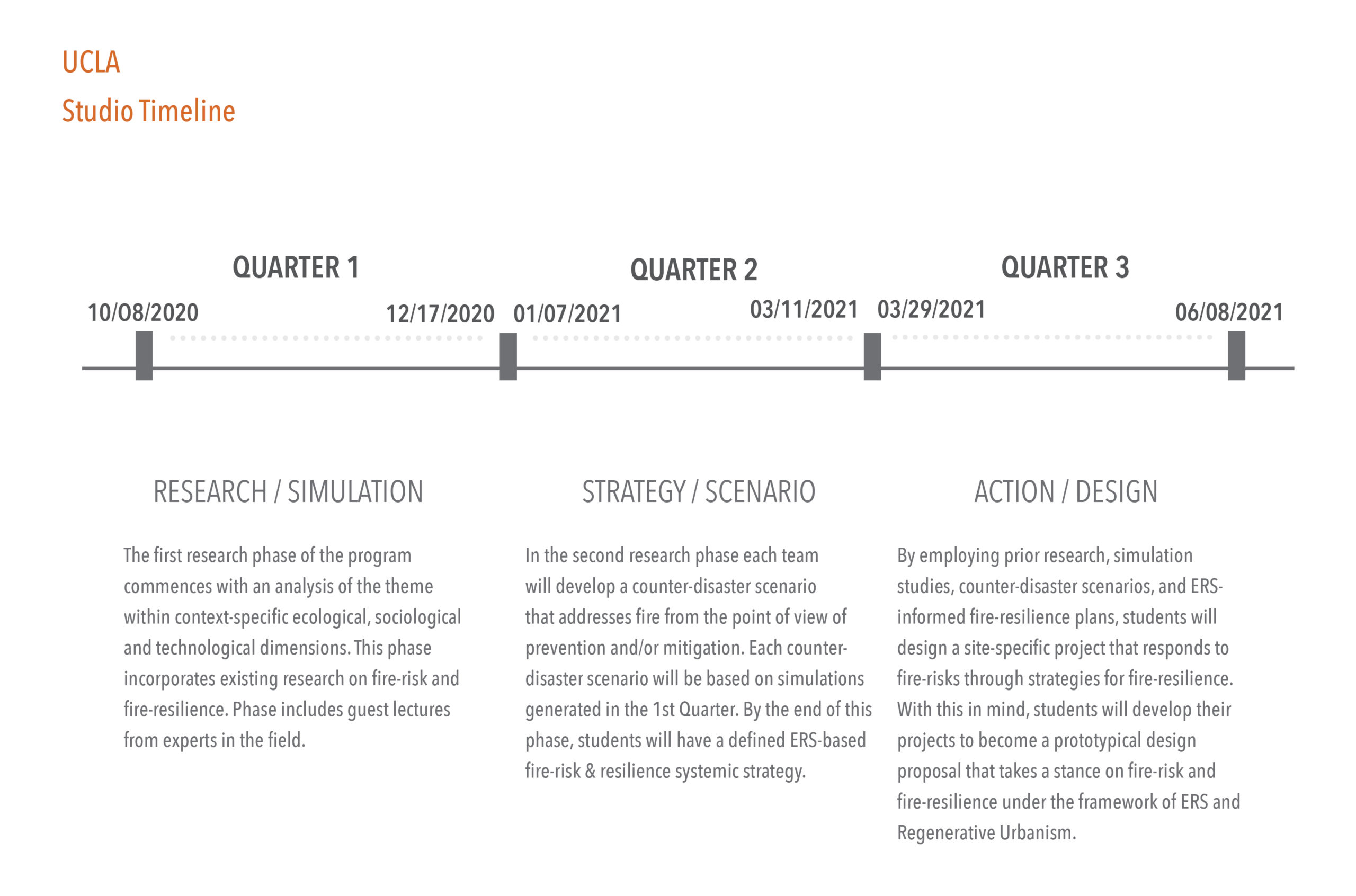
“The planning of new cities, as well as the retrofit of existing cities, needs to undergo a profound paradigm shift. Mere ‘sustainable development’ is not enough. To be compatible with natural systems, cities need to move away from linear systems of resource use and learn to operate as closed-loop, circular systems. To ensure their long-term future, they need to develop an environmentally enhancing, restorative relationship between themselves and the natural systems on which they still depend.”
Herbert Girardet, Creating Regenerative Cities 2014), accessed https://books.google.com/books/about/Creating_Regenerative_Cities.html?id=mpeQBAAAQBAJ
Regenerative Urbanism* is an aspirational term that encourages the reframing of conventional urban design and planning techniques through contemporary models more dynamic, more elastic, and more faceted than conventional static plan-based ones. A catalyst for a holistic, evolutionary approach to metropolitan development – in this instance one focused on risk management and resilience in the face of natural disasters like fire – it underlines an approach that synchronizes and synthesizes information flows through simulation and forecasting of multiplex forces within an ever-developing intelligence network. Always learning, the targets and outcomes of Regenerative Urbanism resonate with the research concerns of developmental neuroscience. Analogous to the complex nervous systems of complex organisms and their pathologies, regenerative urban morphologies and behaviors are conceived with anticipatory views toward adaptability, flexibility, and mutation. Physiologically, the organizational components and systemic, structural interrelationships of Regenerative Urbanism aspire to operate with a similar attitude to martial arts, particularly those that mobilize soft and malleable techniques of absorption and redistribution as a response, or even as a preemptive avoidance, of the hard impact of external forces. Soon to be tested at the fiery interfaces between nature and artifice, between ungovernable wilderness and governable constructs, the combinatory design and planning techniques of a Regenerative Urbanism will flicker between software and hardware. As information in formations, our applied research on Regenerative Urbanism will reinvigorate visionary ideas of and influences on urban design from cybernetics to Metabolism.
In 2020-2021, UCLA A.UD will lead simultaneous synergistic design research studios, focused on the twin topic of fire-risk-reduction and fire-resilience, at both Perloff Hall and the IDEAS campus. These synergies will also form and be informed by interdisciplinary collaborations both on campus with other UCLA departments including Engineering, Planning and Design Media Arts as well as with key municipal entities including the Los Angeles Mayor’s Office of Resilience.
The Los Angeles Metropolitan Region is naturally predisposed for wildfire activity with its abundance of dry fuels in chaparral and woodland ecosystems, hot and dry Mediterranean climate, and rugged topography in and around the region’s multiple mountain ranges. The Santa Ana Winds also contribute to the particularly explosive nature of fires in Los Angeles. These basic components of wildfire ecology are exacerbated by climate change, which has contributed to drought conditions and above-average temperatures in the entire state. The history of wildfires in Los Angeles has been dangerous since the beginning, starting with the Griffith Park Brush Fire in 1933 that was the deadliest in the state until the 2018 Camp Fire in Paradise. Since then there have been an estimated 60 large wildfire events in the Los Angeles Metropolitan Region. Their frequency has increased since the turn of this century, where three or more major wildfires occur every year. Wildfires cause damage to residences (typically single-family homes), commercial buildings, and infrastructures such as highways and power systems. Conversely, a majority of wildfires are caused by human activity. Recent significant wildfires in the Los Angeles Metropolitan Region, including the Woolsey, Saddle Ridge, and Getty Fires, were started by power lines or other electrical infrastructure. Wildfires cause social impacts including loss of life and disruption of social processes. They also expose existing social and economic inequities, such as when domestic workers still went to work in the evacuation zone of the Getty Fire.
In pursuit of Regenerative Urbanism as part of ArcDR3 initiative, UCLA A.UD will lead simultaneous synergistic design research studios, focused on the twin topic of fire-risk-reduction and fire-resilience, at both Perloff Hall and the IDEAS campus. These synergies will also form and be informed by interdisciplinary collaborations both on campus with other UCLA departments including Engineering and Planning as well as with 11universities participating to ArcDR3 initiative. With a focus on the fire-risk-reduction and fire-resilience, both at Wildlife Urban Interfaces (WUIs) and within interstitial multi-hazard zones within the Metropolitan Los Angeles region, design research studios will contribute a vital array of design visions and knowledge to the ArcDR3 initiative and help to establish the conceptual frame work of Regenerative Urbanism.
In adopting and modifying the global ArcDR3 Grand Syllabus to the Los Angeles regional context, and engaging with relevant authorities and experts both within the UCLA community and beyond, the studios will operate as a combined think tank whose culminating projects will be shared and discussed at international conferences, displayed in international exhibitions, and disseminated through globally accessible publications.
The parallel design research studios will coordinate efforts to develop diverse proposals based on shared findings. Because architecture yields insights through both research and design, the studios are organized to take the best advantage of both modalities of exploration. Perloff Hall based graduate-level studio, led by Hitoshi Abe, will focus on long term research before formulating design proposals, allocating two academic terms to assess the cultural challenges, layers of governance, economic impacts and opportunities, required expertise and specialization, and spatial relationships of exposure, infrastructure, and settlement. After summing up the work from the first two quarters, the studio will dedicate the final term to design responses. The IDEAS campus-based postgraduate studio, led by Jeffrey Inaba, will dedicate three terms to design, starting with the “vision” plan for Greater LA, moving to design of a master plan of a selected area, and finally developing a building design. The collective work of the design research studios will be coordinated and developed through a series of regularly scheduled joint meetings. Studio outputs will be shared to enable cooperative learning and accelerate discoveries and insights.
The FireCity and FireLand studios has compiled three years of research, architecture, and urban design examining the historical and future relationship between the built environment and California wildfires into the publication FireCity FireLand: Towards a Regenerative Urbanism. The publication collates observations, research studies, and projects from a panel of expert professionals and academicians examining wildfires and other natural hazards around the world, with ambitious student proposals envisioning a future condition in which natural and artificial environments symbiotically coexist. Click here to view the publication website.

In order to address the question of fire-risk-reduction and fire-resilience in Los Angeles across a range of perspectives, the joint initiative draws from a diverse network of educational partners and researchers. Furthermore, to strengthen the research and to cover various angles of inquiry, the team of experts from UCLA’s faculty will be joined by colleagues outside of the campus. With its twin focus on fire-risk-reduction and fire-resilience, the ArcDR3 Research Group at UCLA has invited Distinguished Professor and Evelyn Knight Chair in Engineering, Director of the B. John Garrick Institute for the Risk Sciences at UCLA, Dr. Ali Mosleh to be the advisor to the design research studios. Joining Dr. Mosleh is Dr. Saeed Nozhati, a postdoctoral scholar at the Institute. Expert advice from members of the B. John Garrick Institute for Risk Sciences will play a critical role in fire hazard assessment and development of designed network strategies to prevent, mitigate, prepare for and recover from fire-based disasters. Also joining the team in an expert advisory capacity is a faculty from the UCLA Department of Urban Planning, Kian Goh, Assistant Professor of Urban Planning, who will provide insights through which to address fire threats at a strategic metropolitan level. Additionally, the participation of Adjunct Assistant Professor Chandler McWilliams of UCLA Design Media Arts will provide expert direction in the visualization of research through the lens of advanced technology and cutting edge story framing and storytelling.
Los Angeles Metropolitan Area
